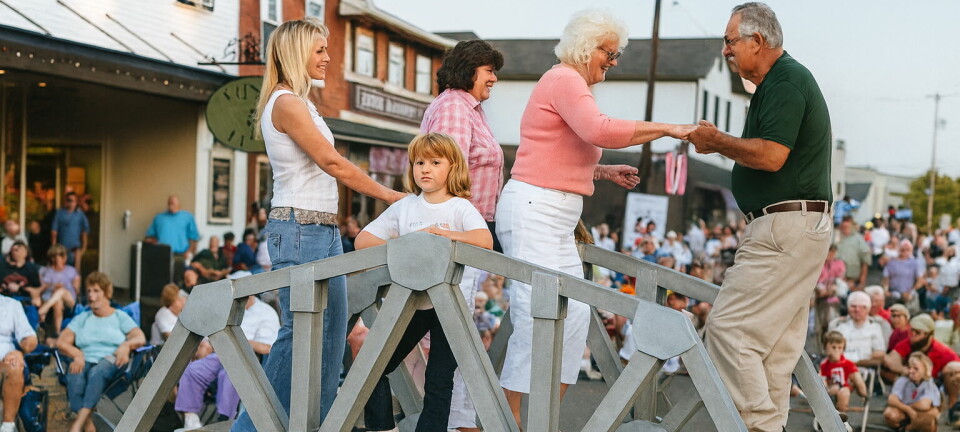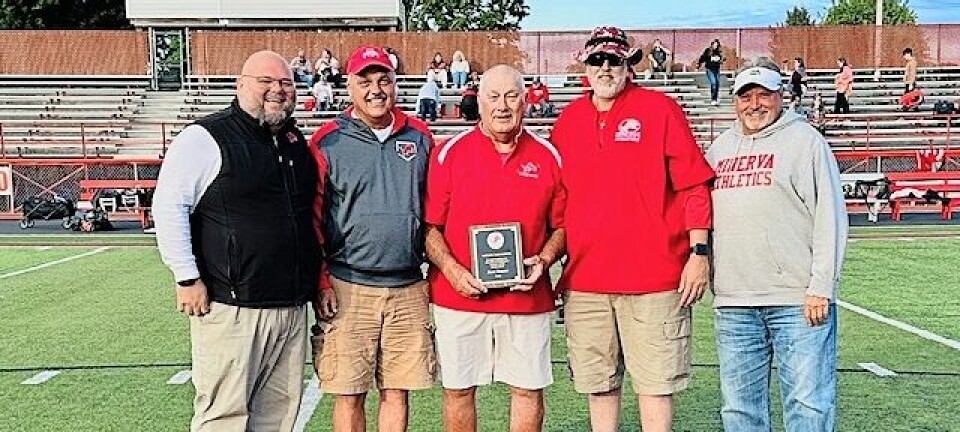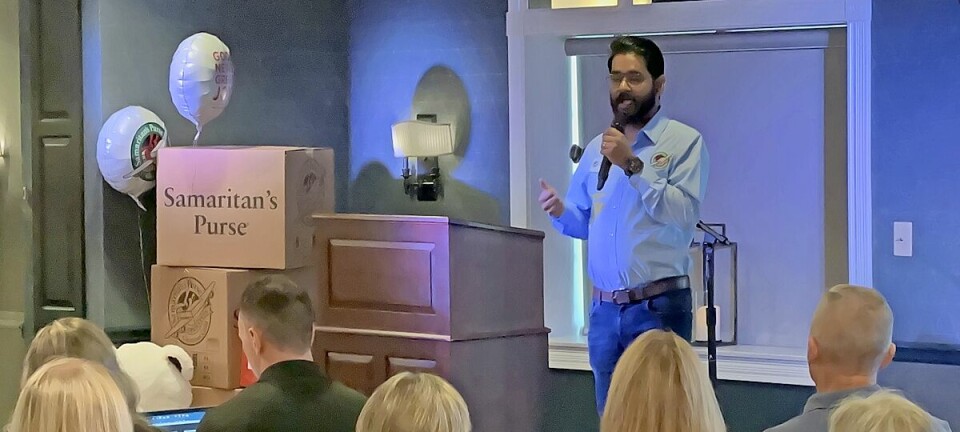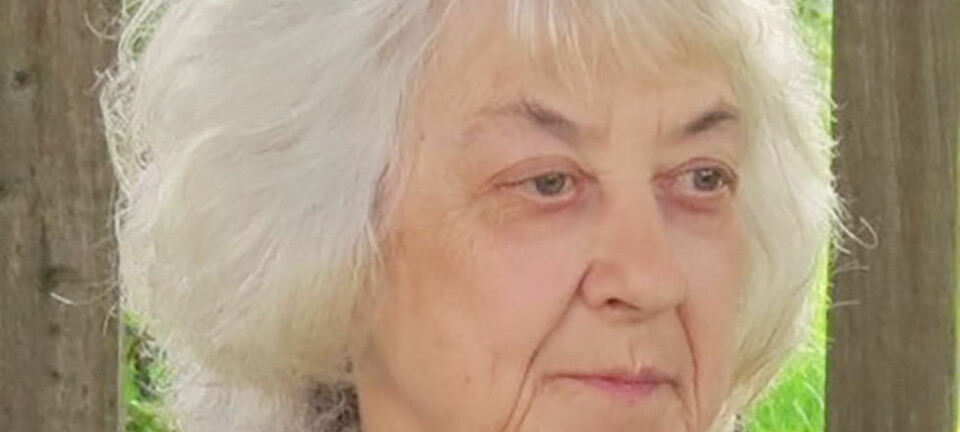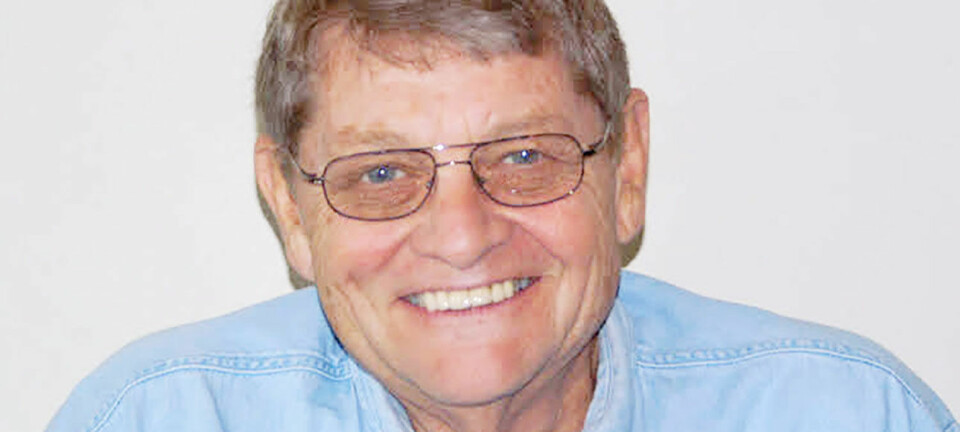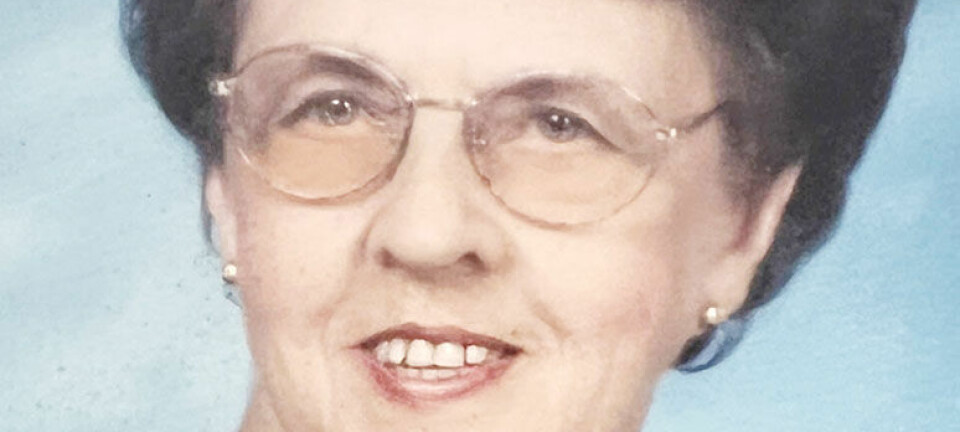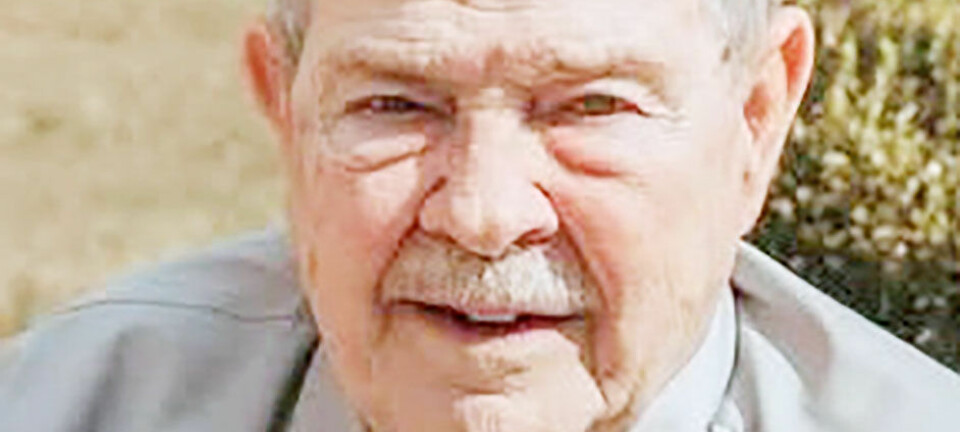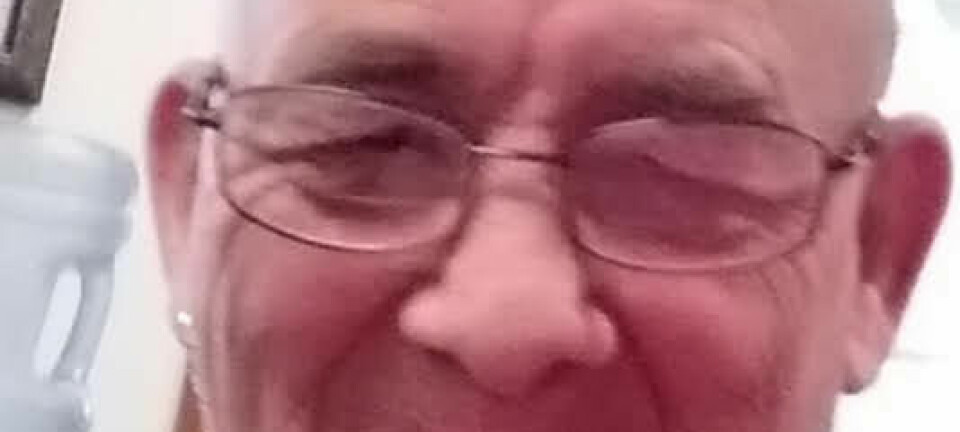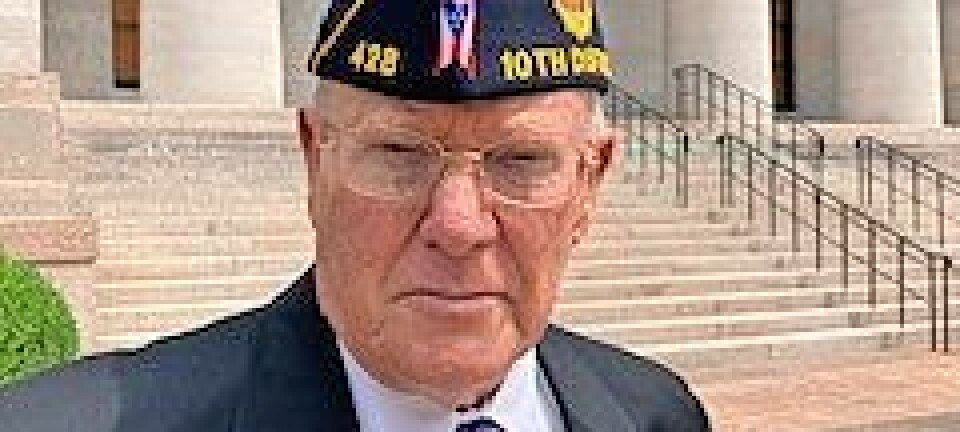Chance battlefield meeting ends up impacting many
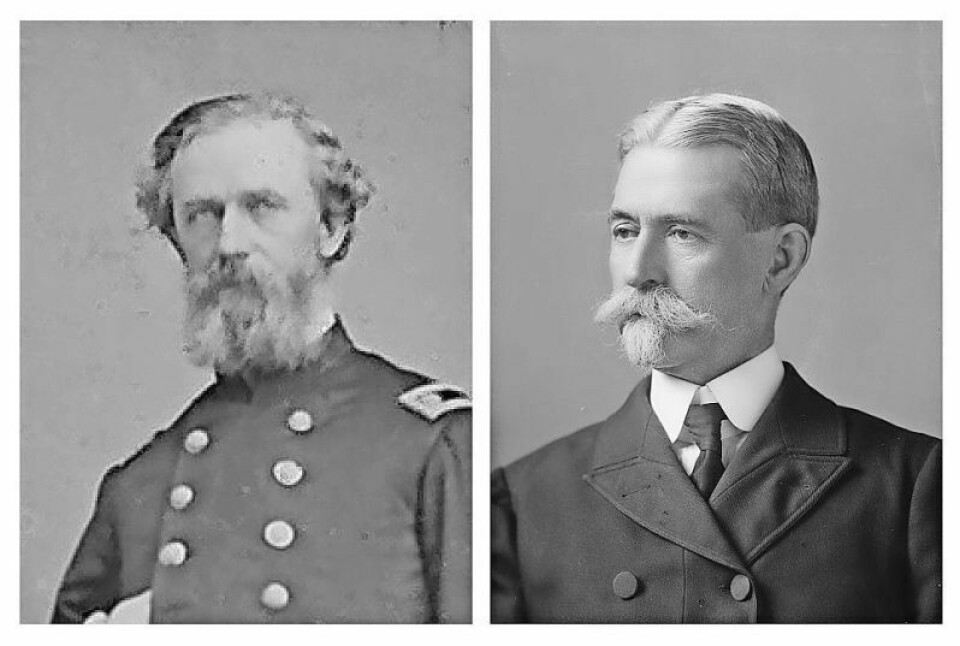
There is a common phrase used to motivate and inspire anyone facing serious life challenges: “When life gives you lemons, make lemonade.” This proved very applicable when two strangers met on the battlefield during the American Civil War. One was a skilled surgeon, the other an enemy soldier in desperate need of a surgeon’s care. The fact that the two met this way impacted millions of lives from that point forward.
Thomas and Jemima (Dickey) Robison removed from Franklin County, Ohio and settled in Wooster in 1813. They lived in a house located on the corner of Buckeye and North streets. Thomas Robison was a businessman, cabinet maker and a veteran of the War of 1812. In 1820 the first of five children was born, a son named James Dickey Robison.
James Robison completed all of his public education in the Wooster school system. Early on he developed an interest in the practice of medicine. By the age of 20, he was being mentored by Wooster physician Dr. Samuel Norton Bissell. Over the next several years, he attended medical school, receiving instruction from Jefferson Medical College in Philadelphia and Medical College of Ohio. He graduated from Jefferson Medical College in 1843 and set up practice in Cincinnati.
In 1846 he offered his service to the United States government with the outbreak of the Mexican War. Illness forced a resignation from that situation, and he relocated to Wooster, where he eventually set up a medical practice.
In 1861 the United States once again became embroiled in conflict, this time within its own borders. The Civil War broke out, and Dr. Robison offered his services to the Union. He was assigned to the 16th Ohio Volunteer Infantry.
About the same time, James Hanger, an 18-year-old engineering student from Virginia, was inspired to join the Confederacy’s effort to secede from the Union and joined the Confederate States Army. His first and only taste of battle came at Phillipi, Virginia (now West Virginia).
Hanger sought shelter inside a stable. The stable came under federal artillery fire. One round blasted into the structure and hit Hanger in his left leg, hopelessly shattering his bones. Unable to evacuate, he laid there until discovered by federal troops.
The troops summoned their physician. The physician was none other than Dr. James Robison. He quickly assessed Hanger’s injury and decided amputation was the only way forward for the young soldier.
Robison fashioned an operating table from the stable door and proceeded to remove the injured man’s leg a few inches below the hip. The operation was significant, being the first amputation of the Civil War.
James Hanger was sent home to recover at his parents’ plantation near Churchville, Virginia. His parents, William and Eliza Hogshead-Hanger, would nurse him back to health but could do nothing about the missing leg other than offer the typical stiff-leg prosthesis of the time, which he rejected outright.
Over the next few weeks, James Hanger set out to fashion his own prosthetic leg. He created his Hanger Limb from barrel staves. His design would have hinges at the knee and ankle, with strips of rubber acting as tendons. This prosthesis provided a much more natural gait.
Word spread of Hanger’s design, and he began making them for other amputees. Ultimately, he established the J.E. Hanger Company, manufacturers of all sorts of prosthetics.
The company grew over the years, becoming one of the largest and most trusted makers of prosthetics. In fact, they are still in operation. Known as Hanger Incorporated, it generates over a billion dollars in income annually, operates over 900 clinics nationwide and employs over 5,600 people. Over 1 million patients are helped every year.
Dr. James Robison died May 10, 1895, and is buried in Wooster. James Hanger died June 9, 1919, and is buried in Washington, D.C. Had it not been for the skill of Dr. Robison and the ingenuity and perseverance of Hanger, the world, especially for those suffering from limb loss, would have been a vastly different place.
Looking Back is a feature by local historian Mike Franks. He can be emailed at mlfranks@gmail.com.


